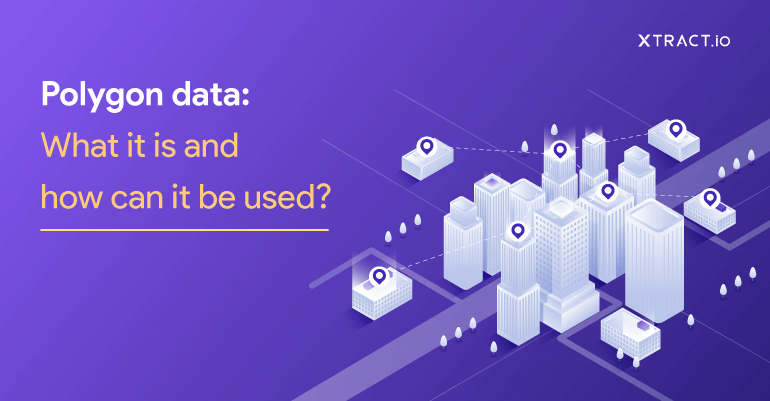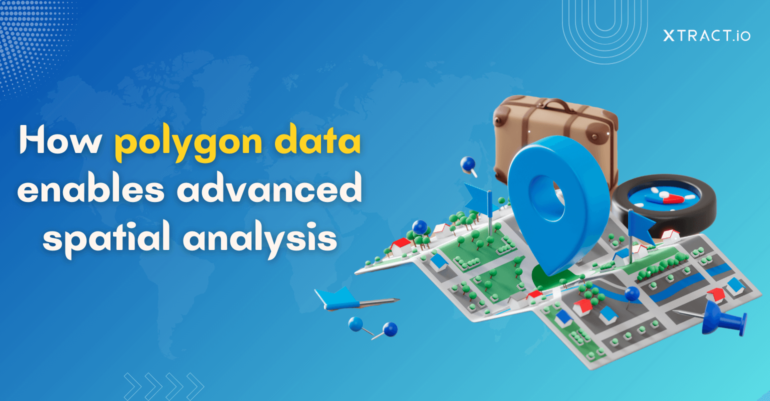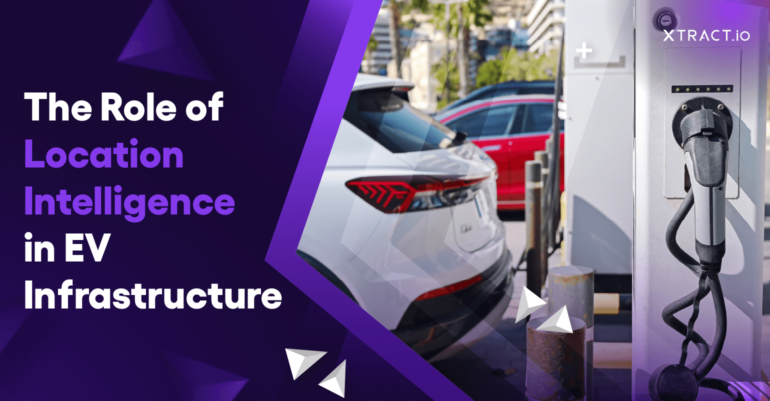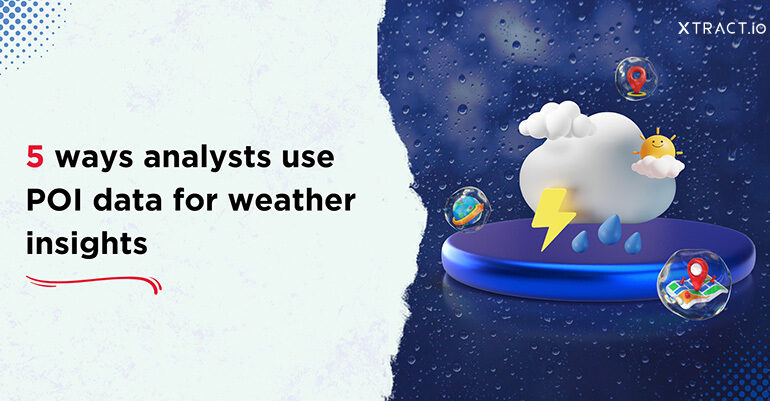Imagine a hungry and pressed customer is visiting a store next to your food outlet, and you send them a message saying, “Hey, Daria. What are you still thinking about? Come in and enjoy the deliciously cheesy Pizza at 50% with code EATS. See you soon!”
The probability of this customer visiting your store is still higher despite being in a hurry. Why? Because 1) the offer is enticing, 2) the offer kills their hunger pangs, and most importantly, 3) the location is quite close by to avail the offer. Irrespective of how attractive the offer is, you lose a customer if the location would have been far away. This is the importance of location-based marketing.
Gone are the days of spray-and-pray advertising; marketers now are constantly looking for real-world insights to target audiences based on their behavior, interests, and traffic. Polygon data, an important metric in location-based marketing, is a powerful parameter that helps marketers and advertisers to leverage the user’s location for various purposes.
What is Polygon Data?
In simple words, it is a virtual boundary/perimeter of a location that can be a house, a store, or a building or area that can be spread out to a few miles. Polygon is a term that can be used in many different contexts. Still, the most popular one is its ability to detect a phone entering the area and triggering the alerts either within the device itself or around the external environment.
The polygons of buildings and interior spaces include geocoding details like latitudes & longitudes. Polygons can be created for stores within a venue, airports, malls, parking lots, etc., and the output can be delivered in the form of a text file, Geojson, or Shapefile.
Using polygon data, businesses can collect insights about customers or competitors around the location or send push notifications, ads, text message alerts to the customers and promotes the brand.
3 Usecases of Polygon Data
Geomarketing and Advertising
Polygon data helps you identify the exact location and thus promotes sales via discounts and coupons. Geofence can be created around a store, and app-based push notifications, SMS, or emails can be sent to the user’s mobile device whenever it crosses a marked store. For example, below is a polygon screenshot of “McAlister’s Deli” restaurant in Minnesota, U.S., along with the entry point captured by Xtract.io.
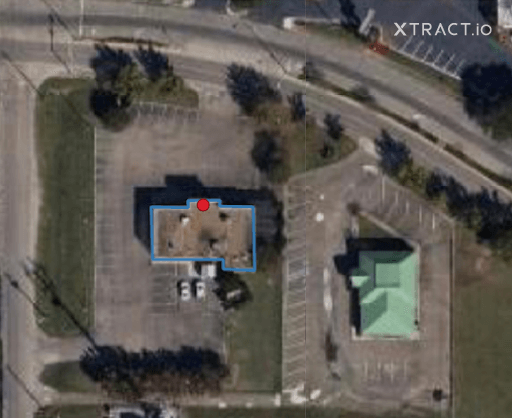
To continue reading, head to Hacker Noon where this article is originally published.


